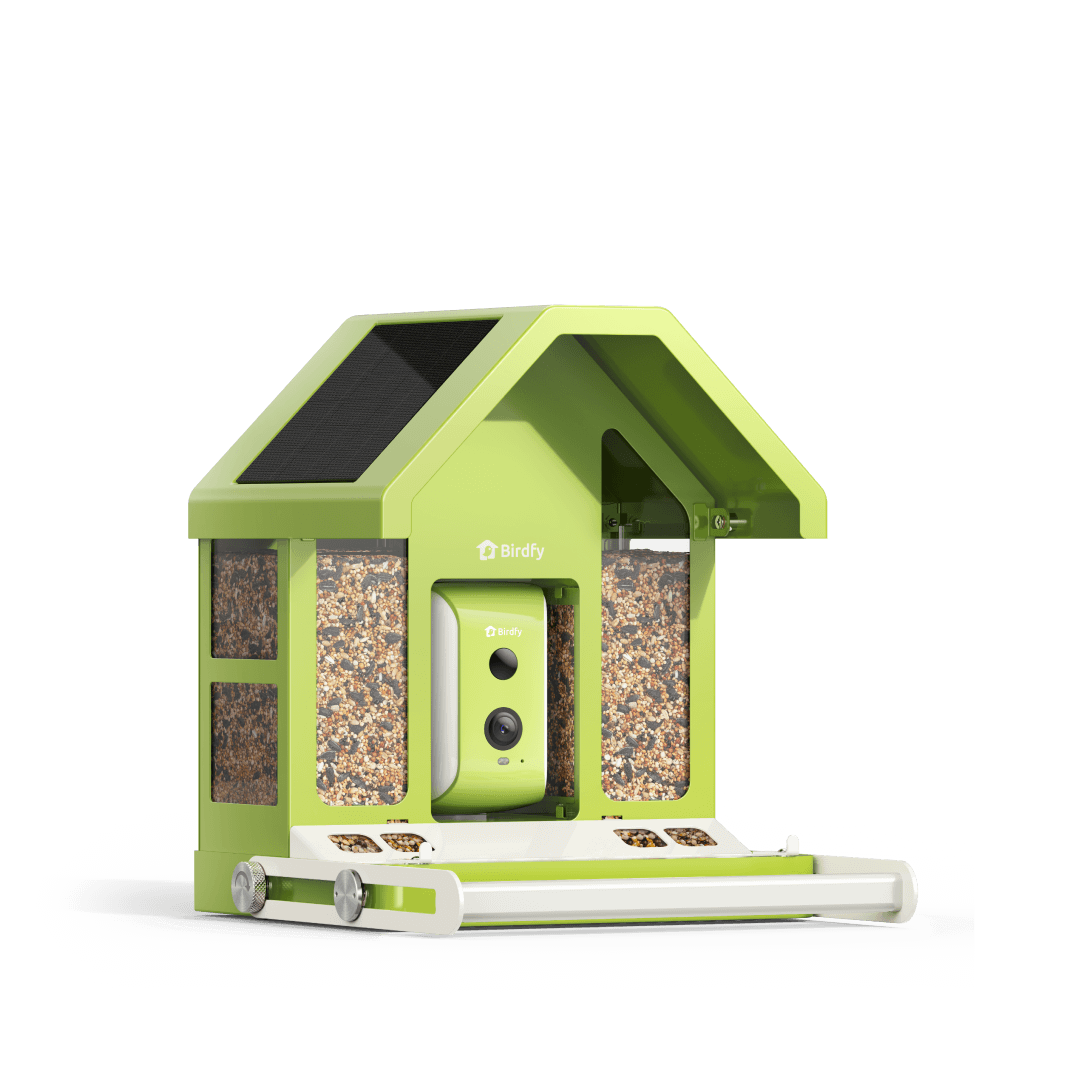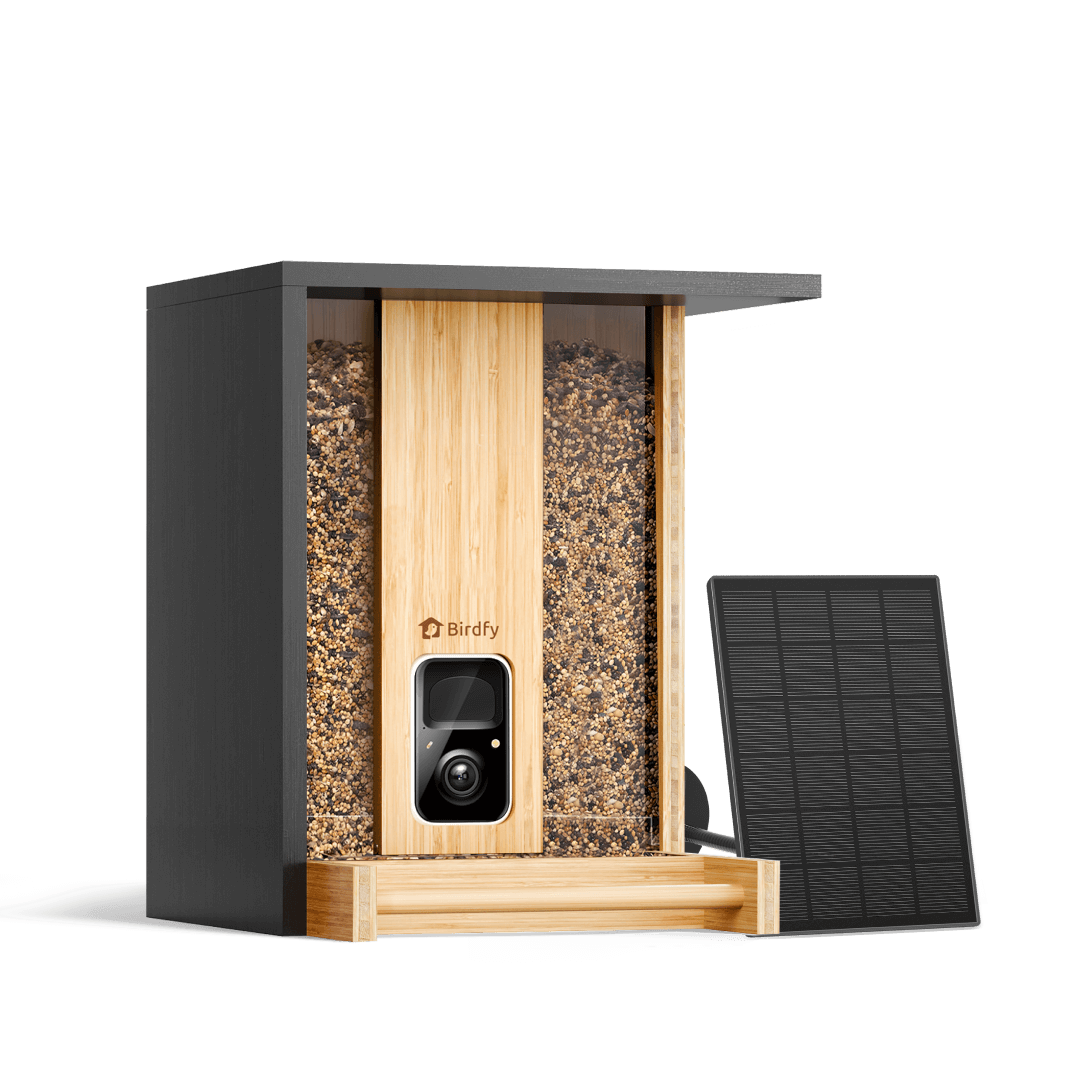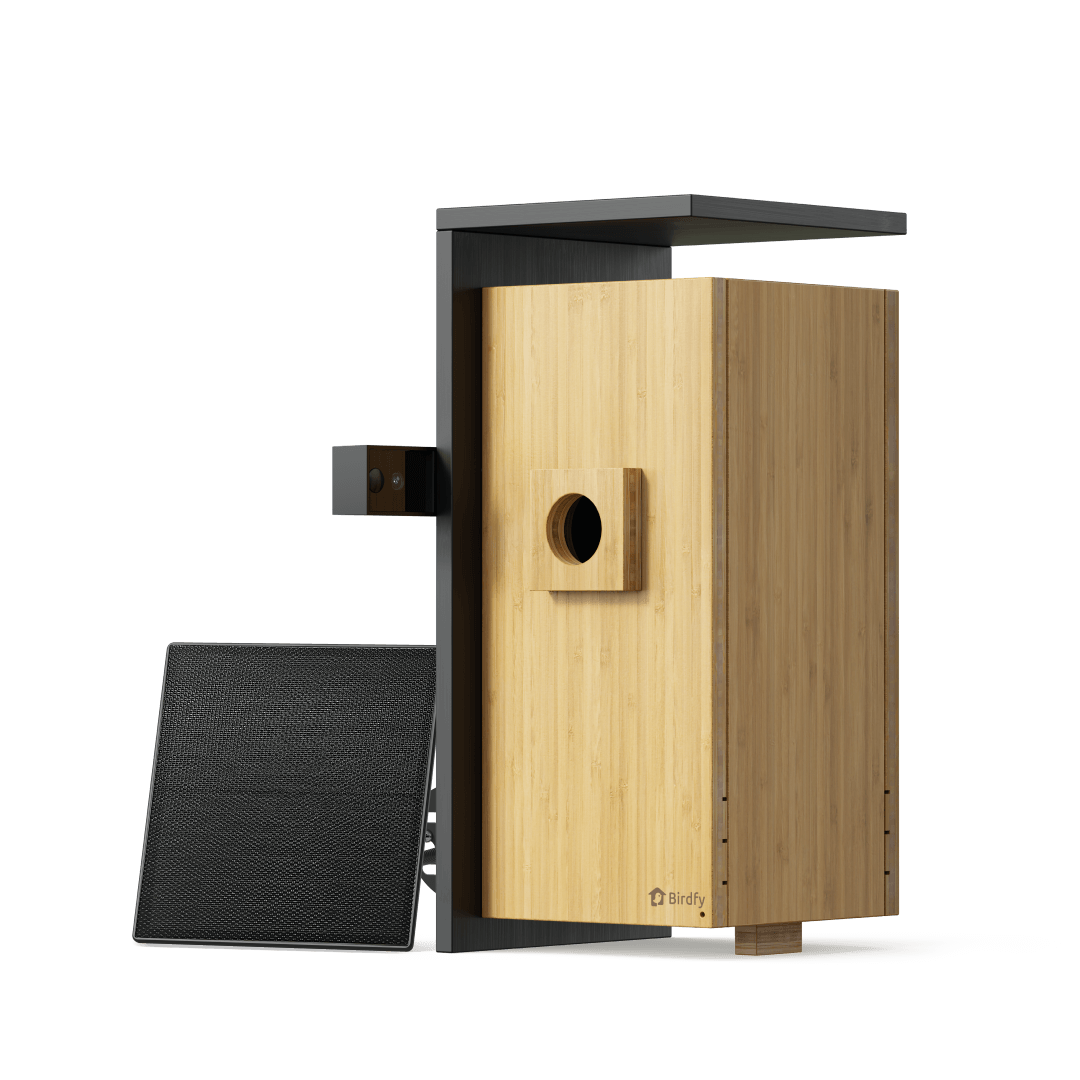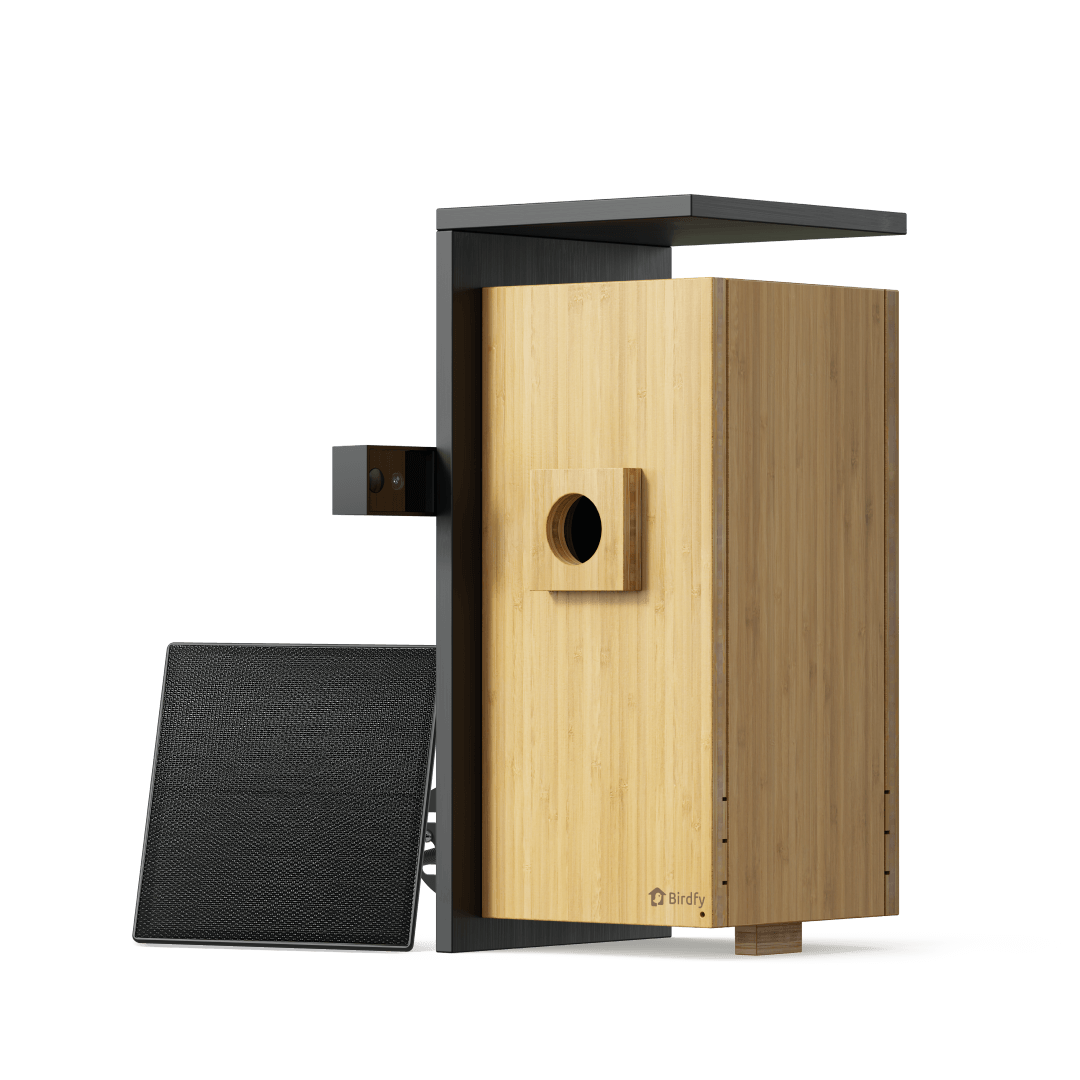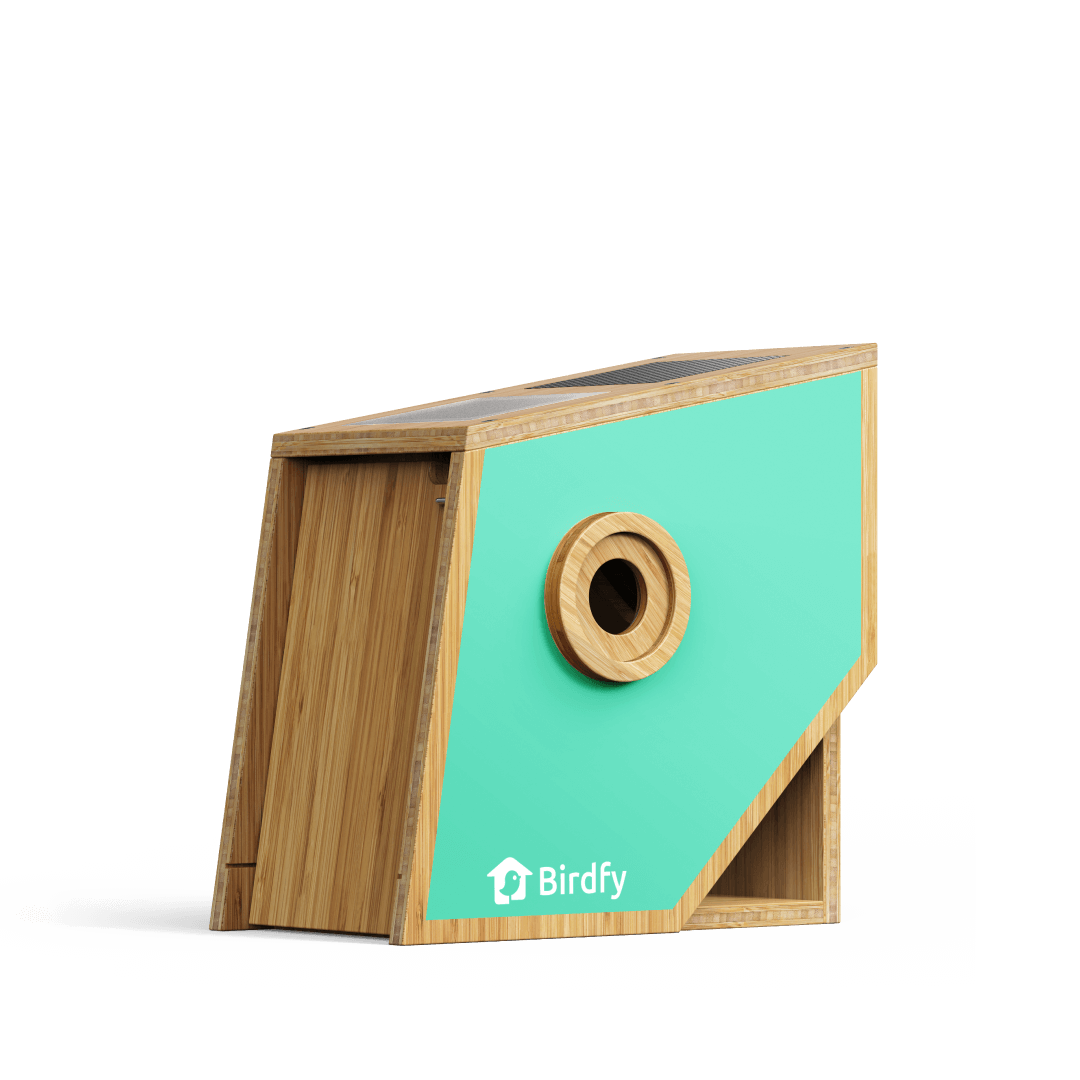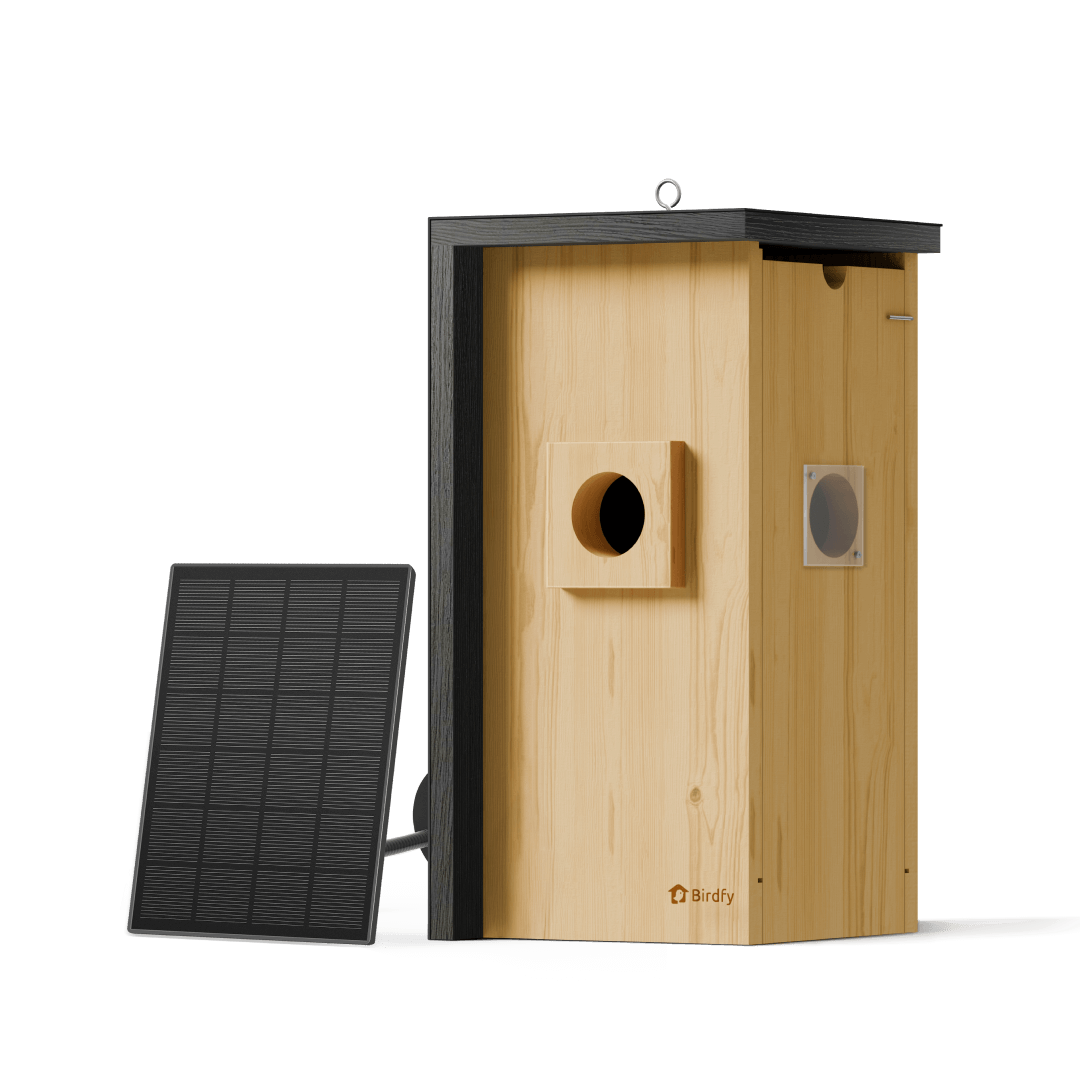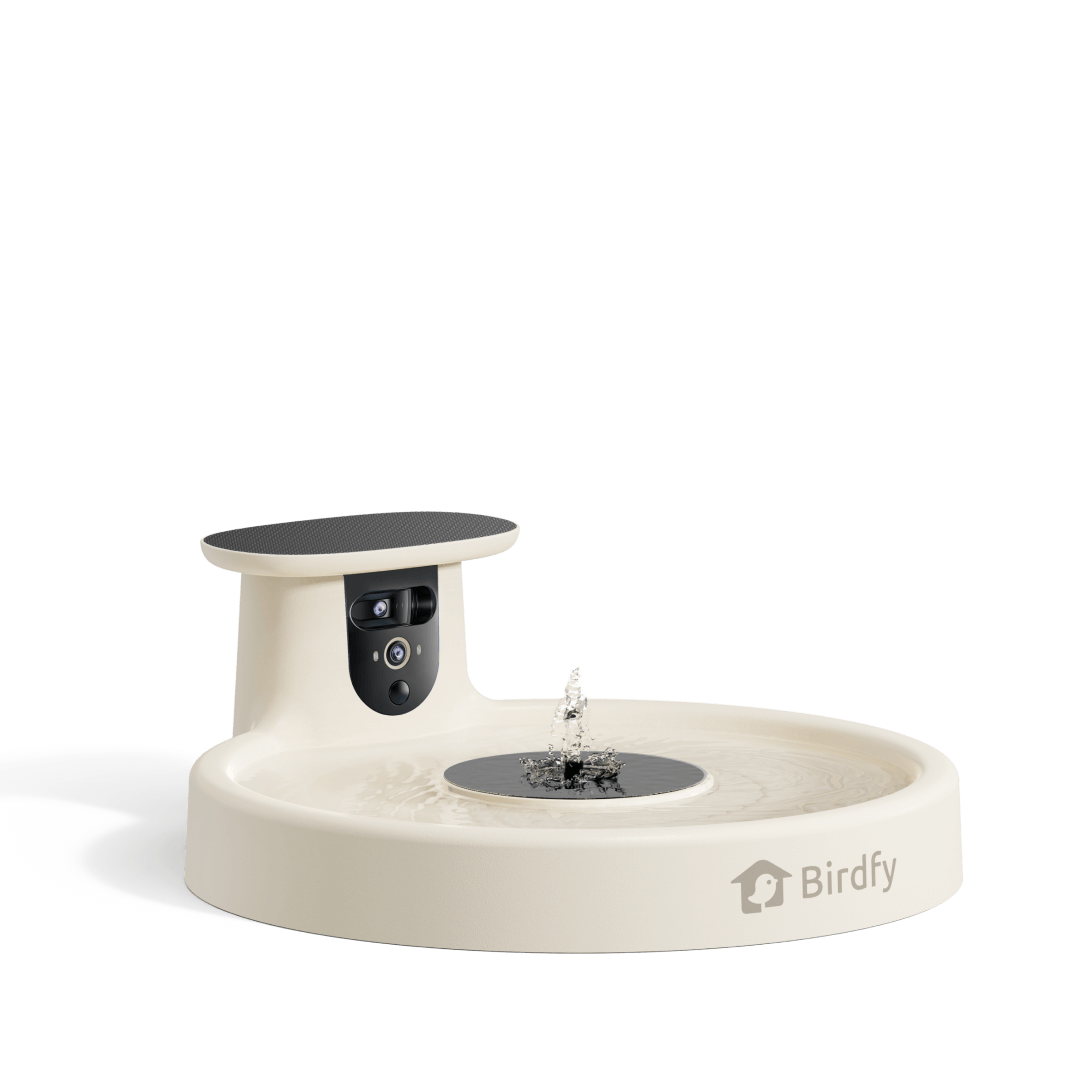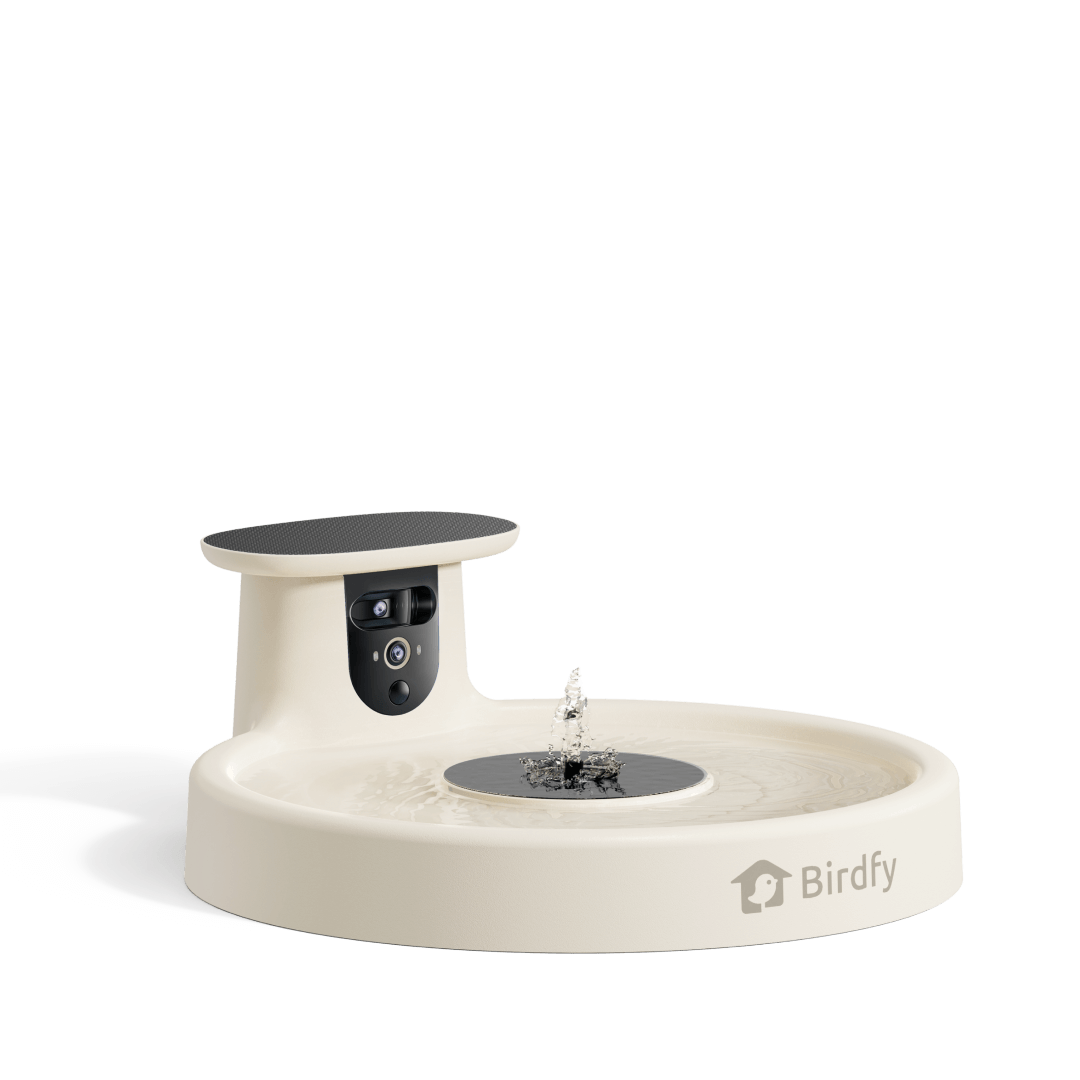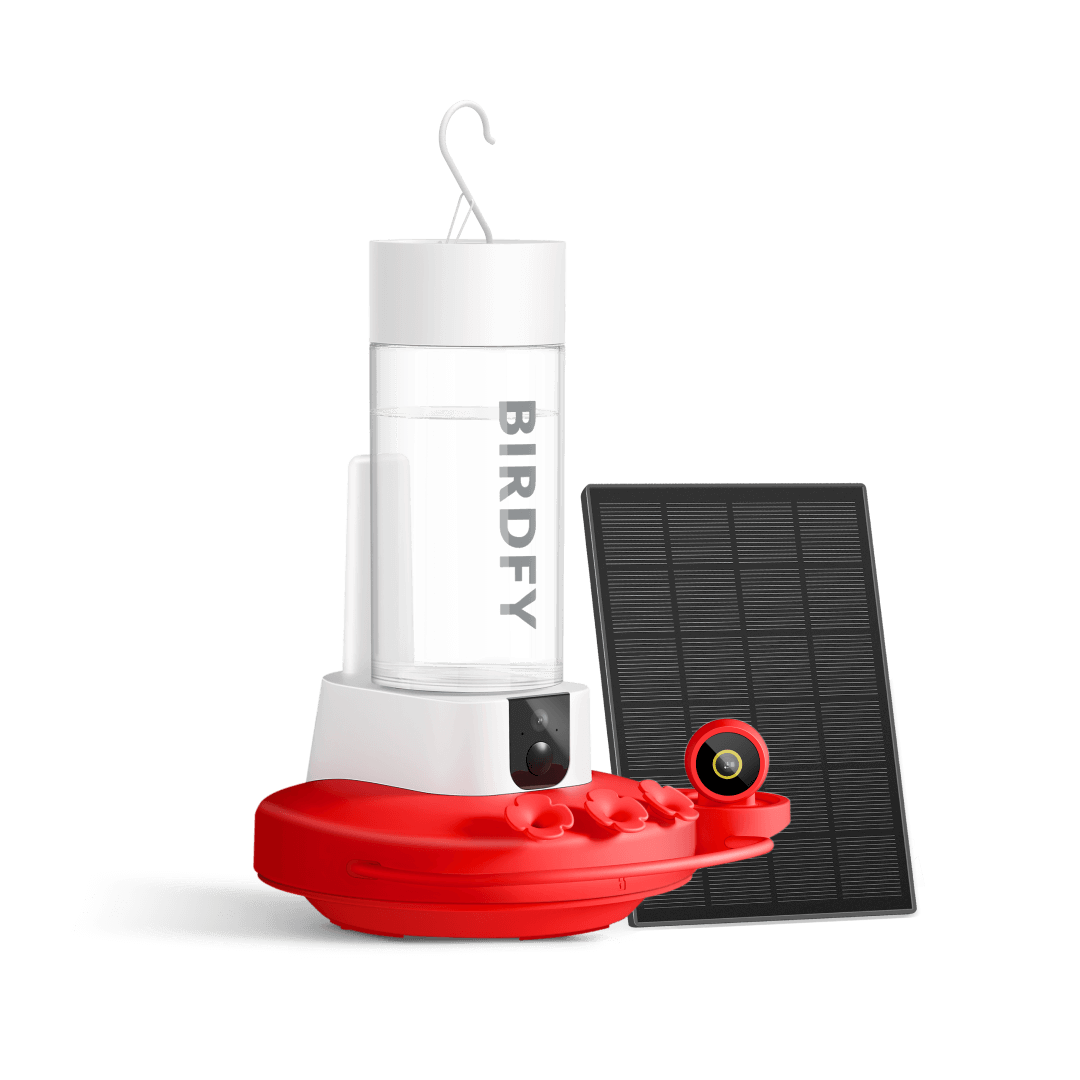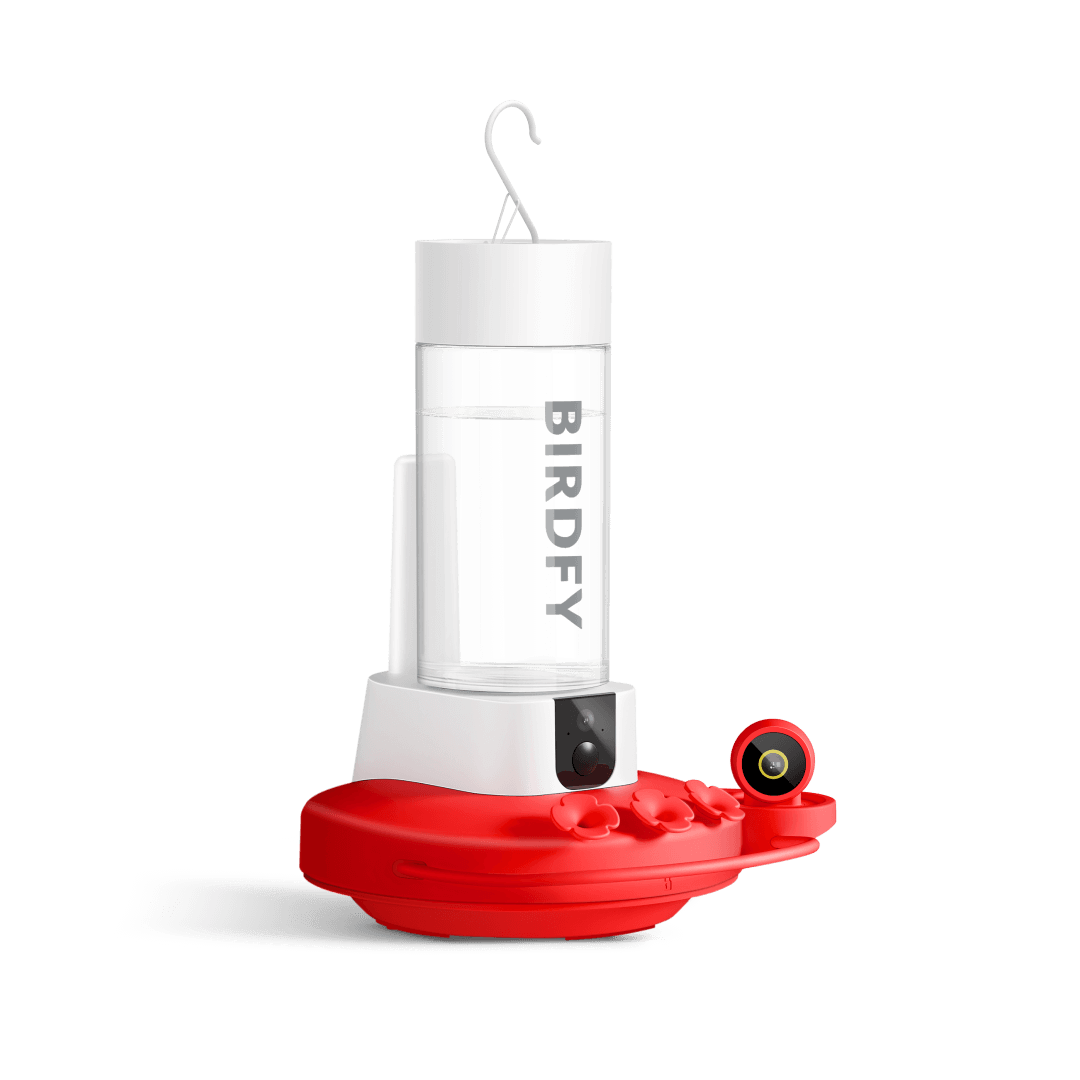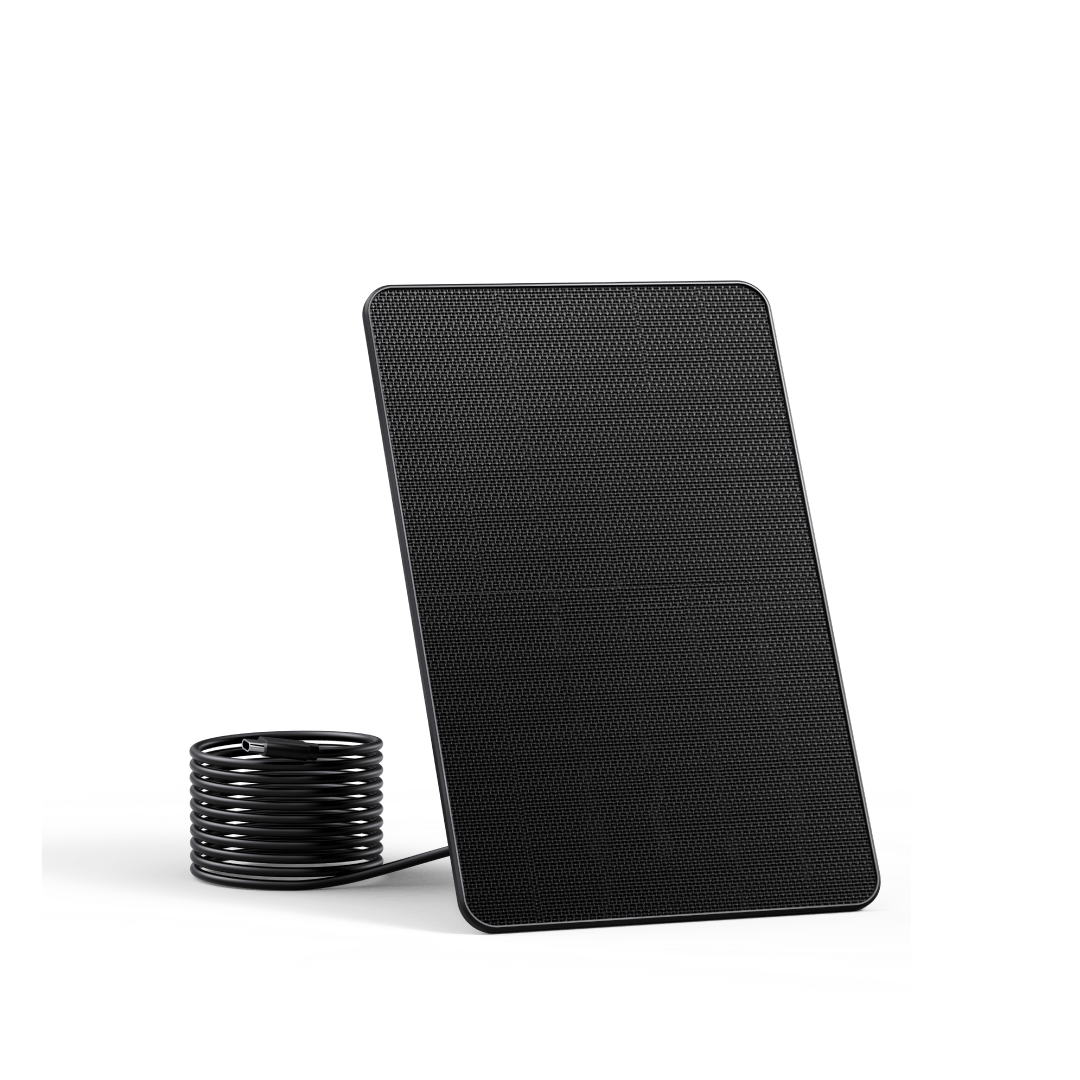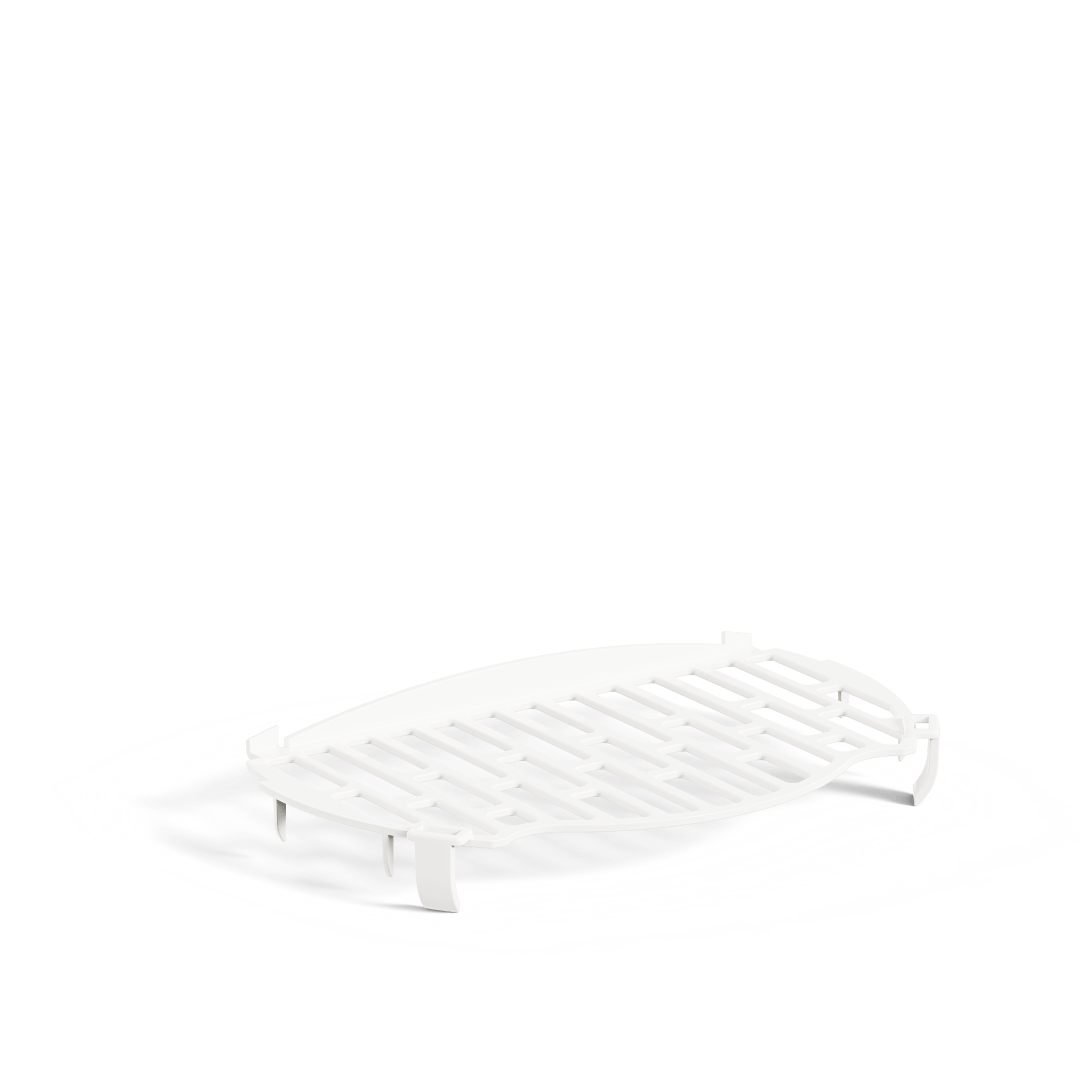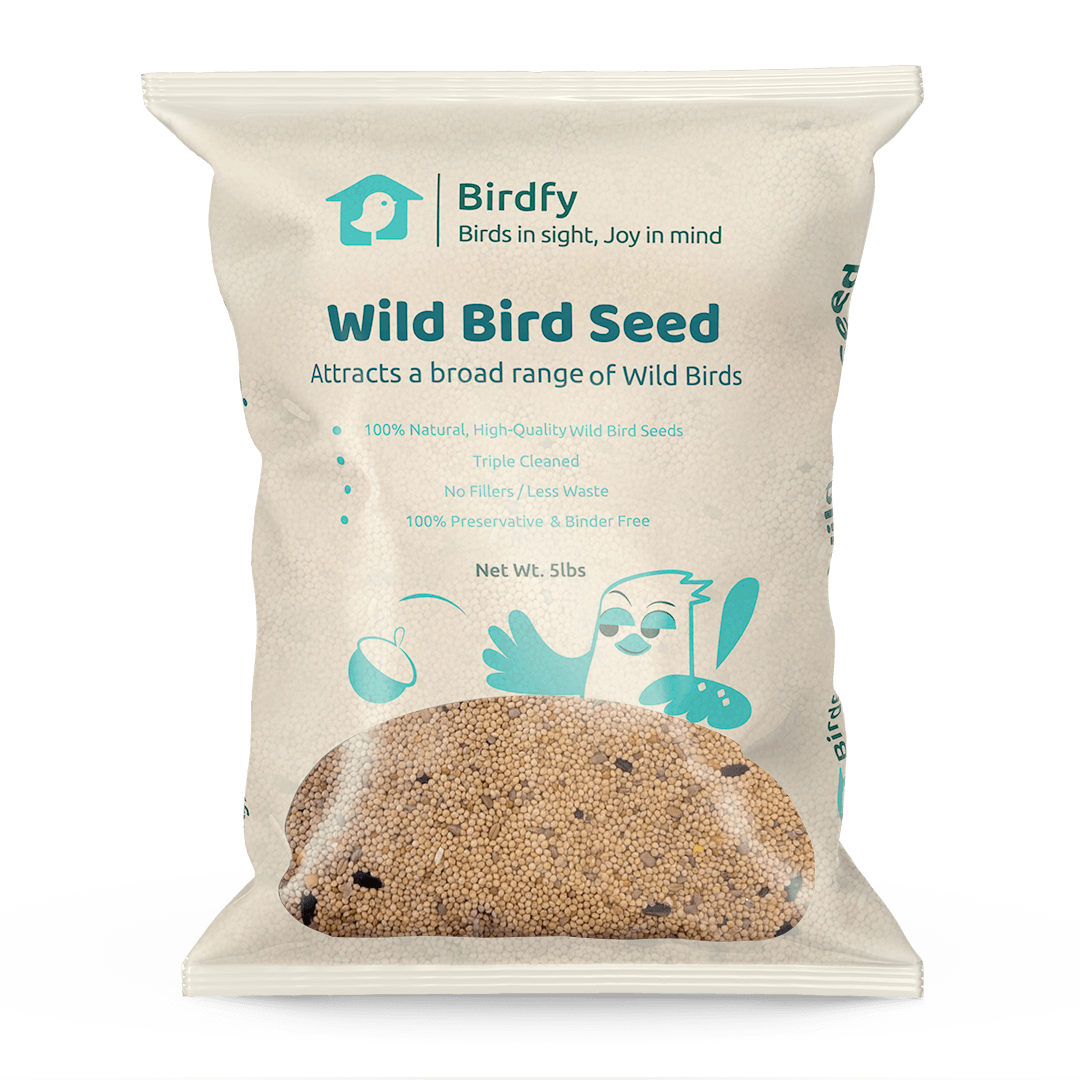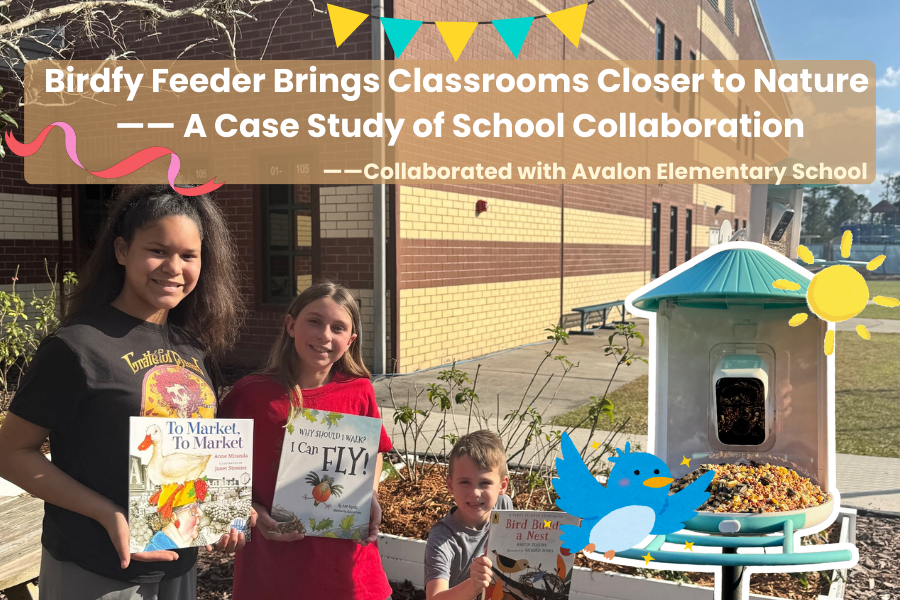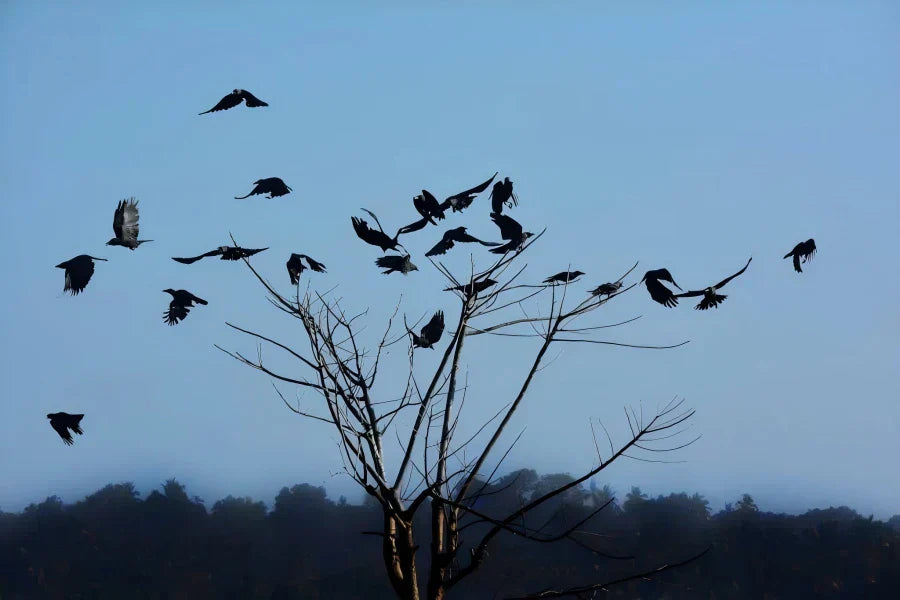Common and Irruptive Finches in North America Backyards
As winter has changed to spring here across North America, the species of finches that many of us see in our backyards becomes much more predictable. The unpredictable irruptive finches, the Evening Grosbeak, Pine Grosbeak, Pine Siskin, Redpoll, and Red and White-winged Crossbill have largely settled back into habitats in Canada or across the higher mountainous terrain of the Western United States – these areas tend to be less densely populated areas.

Evening Grosbeak male. Photo credit: Matt Young
With the help of nearly 100 citizen-scientists across northern parts of North America, The Finch Research Network puts out the Winter Finch Forecast every fall. These 100 citizen-scientists collect food crop data on the favorite foods of the irruptive finches, and this data is then used to put together the winter finch forecast for the eastern half of North America.
We do not do a winter finch forecast (yet) for the western United States where the Rosy-Finches, Gray-crowned, Black, and Brown-capped, can be seen across interior areas of west. Also across the western United States one can find Lesser Goldfinches, Cassin's Finches and to a lesser degree along the Pacific coastal states, the western subspecies of Purple Finches. These are not included in the winter finch forecast because the topography across the western United States is much more mountainous, which makes predicting finch movement too hard to predict accurately. Hopefully someday a forecast for the western part of continent will be possible.

Gray-crowned Rosy-Finch male. Photo credit: Matt Young
Now back to the more common species that we all see in our backyards across much of North America. The American Goldfinch and House Finch can be seen from coast to coast in the United States, but that wasn't always the case for the House Finch. The House Finch has one of most interesting backstories of all species in North America. A native species of dry terrain across the western United States, the House Finch was a species that was essentially smuggled across the country in the late 1930s and early 1940's to be sold as "Hollywood Finches" in a pet store on Long Island.

House Finch male. Photo credit: Matt Young
This was a marketing ploy to make the species more glamorous and desirable for pet owners. It was at Jones beach Long Island 1941 where the first House Finches were seen in the wild in the east. These birds were tracked back to a Long Island pet store. These birds were released after the trade was shut down and by 1943 they were nesting around the Jones beach area, and within 10 years were breeding in adjacent states. By 1990 the birds in the east had expanded so much that the population met the naturally occurring population across the west. In the early 1990s conjunctivitis led to a dieback of House Finches in the East, but the House Finch continues to be one of the most common species at backyard feeders, and this is borne out by the Cornell Lab Ornithology's backyard feederwatch project.

House Finch male and female. Photo credit: Matt Young
During the 2023-24 feederwatch season, it was the 8th most common species in the northeast region, 3rd most common in the southeast region, 6th most common in the central region, 4th most common in the western region, and the most (1st) common species across the southwest region.
The American Goldfinch, perhaps the most beloved of all the finches, is the next most common species at feeders across much of the United States this is why Lillian Stokes and I put it front and center on the newly released Finches of the United States and Canada guide. During the 2023-24 feederwatch season, the American Goldfinch was the 7th most common species in the northeast region, 10th most common in the southeast region, 9th most common in the central region, 16th most common species in the western region, and 12th most common in the southeast region.

American Goldfinch. Photo credit: Matt Young
Another finch that is actually both an irruptive finch but also a relatively common finch at feeders across parts of the East, is the Purple Finch. It is closely related to House Finch, but also the Cassin's Finch across the west. Across the central and northeastern feederwatch areas in 2023-24 it was the 20th and 24th most common species.

Purple Finches males. Photo credit: Matt Young
Another irruptive finch that can also be quite common across parts of the North America some years, but less so other years, is the streaky Pine Siskin. It was the 19th most common species in the southwest region, 21st most common in the central region, and 13th most common in northwest region.

Pine Siskins. Photo credit: Matt Young
Two additional western species are worth noting across the western United States as relatively common finches at feeders. Those would be the Lesser Goldfinch, a closely related species to the American Goldfinch, and the Cassin's Finch, a closely related species to both the House Finch and Purple Finch.

The Lesser Goldfinch. Photo credit: Nick Whelan
The Lesser Goldfinch above (Photo credit Nick Whelan) was the 5th most common species across the southwest region in 2023-24.
Lastly, two highly irruptive finches that can be common some years at feeders are the Redpoll and Cassin's Finch, but we'll leave them as more of a focus for future blogs (see Cassin's photo below). Just about everywhere in the world has a garden variety of finch species or two, but for a future blog I hope to dive into the finer ID characteristics of Cassin's, House and Purple Finches.

Cassin's Finch. Photo credit: Matt Young
Read More Blogs By Matthew Young



